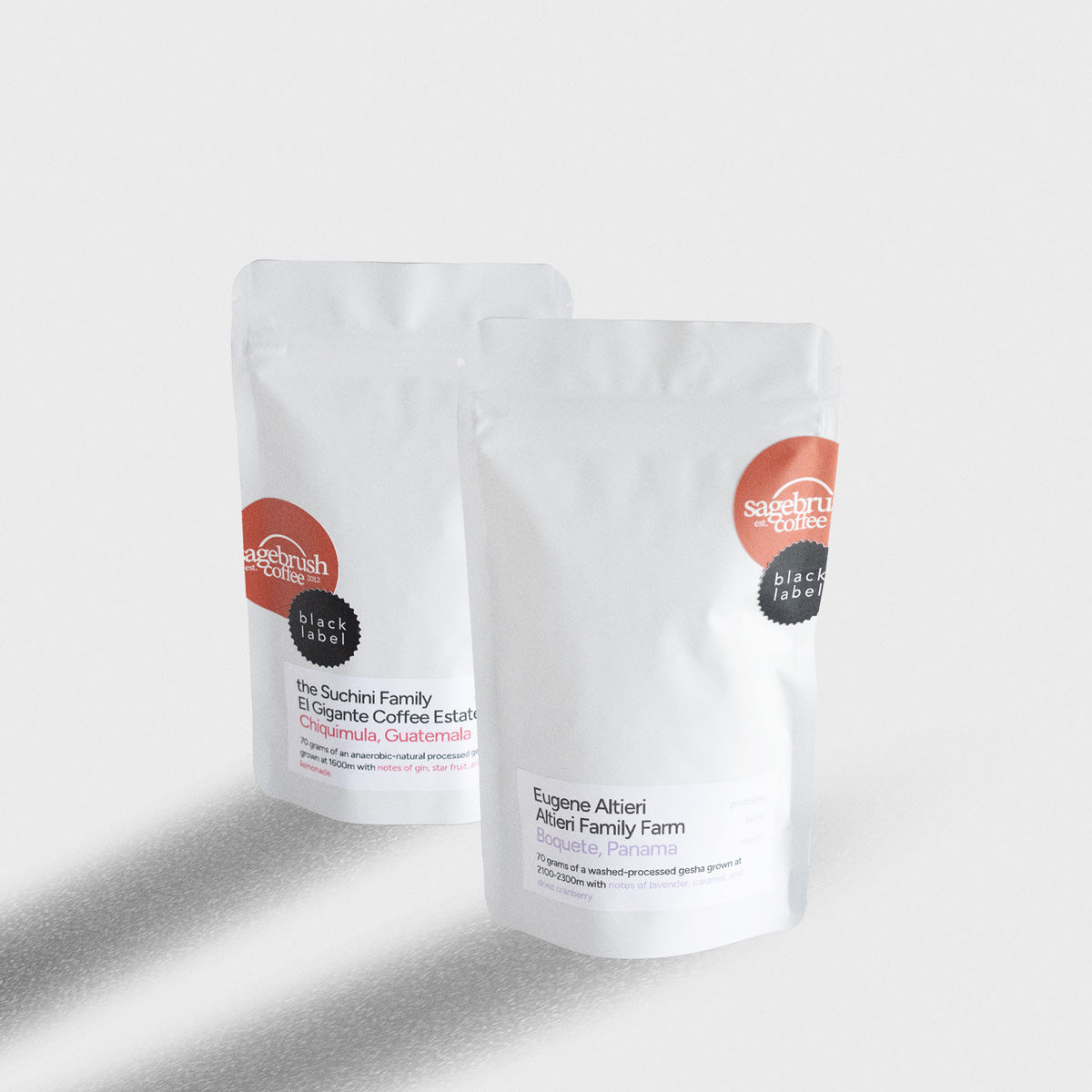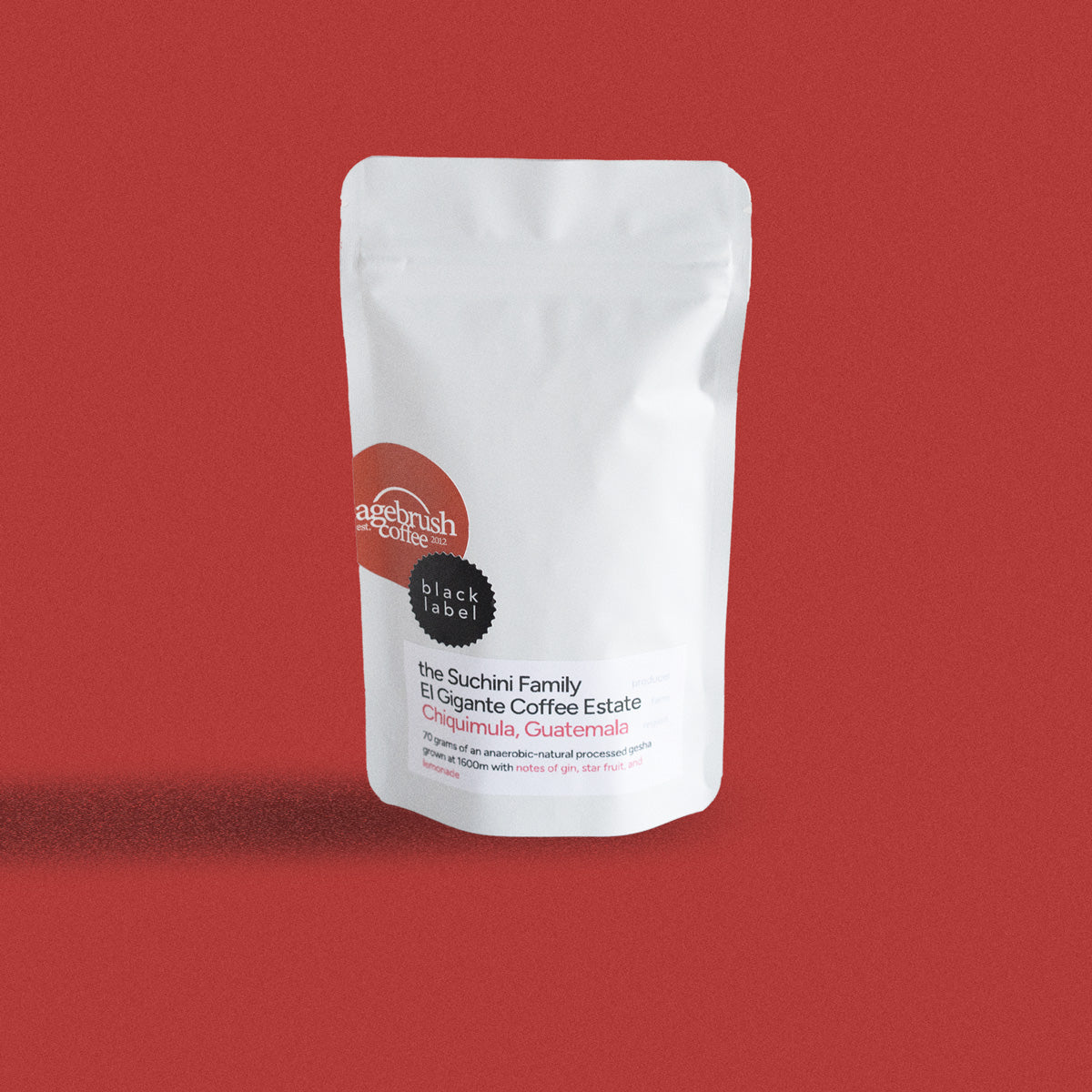
Welcome to the wonderful world of coffee processing–where how coffee beans are processed bring excitement and diversity in flavor to every cup!
If you’ve spent any amount of time perusing specialty coffee, you’ve probably run across terms like ‘washed’, ‘natural’, or ‘honey processed’ and wondered what they mean and whether they make any difference in how your coffee tastes.
The answer is yes.
A processing method is simply the technique used to transform a ripe coffee cherry into the green coffee ‘beans’ that are exported to roasters. Exactly how coffee cherries are plucked, washed, and dried influences the end result of mouthfeel, aroma, and taste.
If you’ve been reading this and have tripped over the word ‘cherry’ a few times, that’s right: coffee isn’t really a bean. It’s actually the seed of a fruit– specifically, a coffee cherry! While coffee cherries are different from the regular cherries we eat, they are the same in that they have seeds in the middle surrounded by sugary, fruity pulp which eventually become what we know as coffee ‘beans’.
In order to get from cherries growing on a tree to the beans we grind into coffee, much has to happen. The cherries have to be picked at their peak ripeness (by hand, in specialty coffee) and then transported to a processing mill where they are first sorted for ripeness and defects. Then, the cherries are ready to be processed in one of three main ways: washed, natural, and honey. We’ve discussed natural and honey processed coffees elsewhere, but in this article, we will be discussing the most common method of coffee processing: the washed process.
Washed Processing
In a washed process (also known as ‘wet’ processed) coffee, the coffee cherries that have passed inspection are de-pulped, meaning they’re sent through a machine that removes the skin and outer pulp of the fruit. Once de-pulped, the cherries are then soaked in water and agitated in some form of fermentation tank. This can be as fancy as a stainless steel tank or as simple as a bucket, depending on the means and resources available. While fermenting, the microbes already present on the coffee seeds go to work breaking down the final, sticky, sweet layer of mucilage that clings to the seeds. This process can take anywhere from a few hours to a few days, and can look quite different from mill to mill. Whenever the fermentation step is complete, the beans are then rinsed and ready to be dried–either on raised beds outside or with a mechanical dryer.
The washed process is the most common of all the methods for two reasons: reliability and favor consistency. Because washed processing allows for more control over the fermentation process, the chances of the crop being spoiled is far lower. Washed coffees are also the most consistent in producing successful flavors of all the processes because the variables affecting taste are minimized. The downside of washed coffees is that they are water-intensive, which is a problem for producers in places where water is not abundant. This process is also traditionally more expensive. The tradeoff here tends to be worth it for producers, however, since washed coffee is still the most common processing method out there.
How Does Processing Affect Flavor?
The word “clean” is often used to describe the flavors of washed coffees. You can read about the how and why of our flavor profiles at Sagebrush here, but for now, let’s define what the coffee industry means when they describe a coffee as “clean”.
Unlike the natural and honey processes, where a lot of the flavor comes from the fruity sugars of the pulp left on the beans, most of the flavor found in washed coffees comes from the bean itself. You tend to get more of the characteristics unique to that origin and variety of bean. For example, a Latin American washed coffee will show more of the chocolatey or nutty notes that are prevalent in that region.
Though washed coffees are the most common, this doesn’t mean they’re boring! In fact, at Sagebrush, washed coffees are typically our best-sellers as they almost always produce a cleaner cup with a lively acidity.
Check out some of the amazing washed coffees we have here!

















